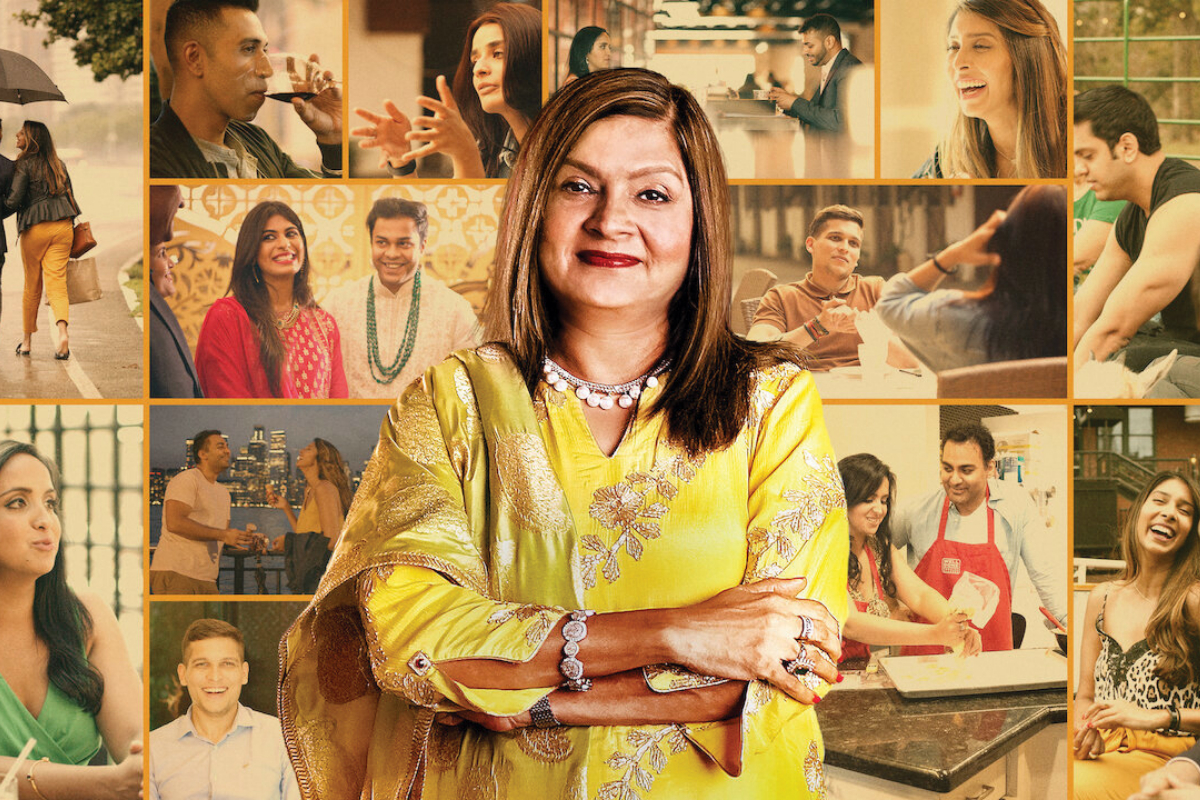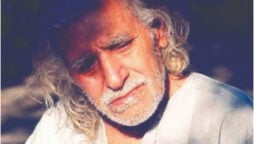
Matrimonial choices and the matchmaker
What emerges on Netflix’s Indian Matchmaking is a rose-tinted, westernised portrait of finding a partner
Coupling is a risky pursuit, especially if it is televised. If a person agrees to be part of a matchmaking show, the long, daunting process of finding his or her ‘better half’ stands the danger of becoming a public affair. The prejudices and personal vexations that inexorably affect their decision to choose a particular spouse over another are no longer shrouded in secrecy. Exposure becomes their undoing, even though it yields mixed results. Many people who opt for this route recognise that televised matchmaking shows are a form of reality television — a rough terrain where survival for the fittest is an unspoken norm. As a result, their conduct is tailored towards standing out as unusual or distinct in the choices they make.
A vast majority of matchmaking shows haven’t shied away from highlighting the superficial considerations that inform people’s decisions to choose their partners. Dismissed, a seemingly inane dating show that aired on MTV two decades ago, is a case in point. Over the span of a single episode, a person was taken on dates by two potential partners and was expected to decide who they wanted to be with. The process was time-sensitive and often led to men and women making ill-conceived choices based on physical attributes alone. Even so, American matchmaking shows are less stringent insofar that marriage isn’t perceived as the ultimate goal. Liberated from these constraints, these reality shows can be a tad flippant as casual dating is deemed to be a viable outcome of the process. The likelihood of success stories on these shows is, therefore, a lot higher as the minimum standards aren’t difficult to attain.

This isn’t the case with shows such as Netflix’s Indian Matchmaking where people incessantly shop for partners and keep rejecting suitors over some pretext or the other. Unlike its Western counterparts, Indian Matchmaking is far more marriage-oriented. Since the stakes are higher, participants on the show want to make the right choice lest they are compelled to hold their peace — if not forever, then for the period it takes to find a skilled divorce lawyer.
For two seasons, the matchmaking show has revealed how challenging it can be to choose a spouse who can become a lifelong companion. As a consequence, copious participants on Indian Matchmaking are shown vacillating between various extremes and dismissing potential partners over trivial reasons. This has led many to believe that single men and women of Indian origin are far too selective or demanding as the expectations they have of their would-be spouses are unrealistic, if not altogether lofty.
Faced with the mounting pressure to choose wisely, a vast majority of participants on Indian Matchmaking focus on meaningless technicalities instead of the bigger picture. It is, therefore, unsurprising that suitors are rejected for not adhering to the seeker’s rigid criteria, which could include anything from their physical appearance to their choice in furniture.
When impulsive decision-making becomes endemic, it is the duty of the matchmaker to step in and act as a referee and remind the players about the rules of the game. While Sima Taparia is notorious as the purveyor of instant reality checks for her clients, her ‘sixty-percent’ mantra and incessant pleas for a relaxation of inflexible standards are often dismissed. In the two seasons of Indian Matchmaking that have been released so far, the matchmaker is a beleaguered entity who lacks credibility and is often the object of ridicule.

Taparia’s clients seem to defy her dictum with alarming regularity and she is often relegated to a practical non-entity in a matchmaking process she is being paid handsomely to initiate. Their scepticism of her old-world wisdom can be ascribed to a burgeoning discontentment with the idea of arranged marriages. Such arrangements are often considered to be antithetical to the notion of love depicted in romantic comedies churned out by Hollywood and the Indian film industry. At the same time, the matchmaker’s approach to finding suitable partners for her clients has its shortcomings as individual needs seldom assume centre-stage.
Taparia’s preoccupation with the long-term gains of marriage is at variance with the short-term requirements that her clients may expect from the arrangement. That a popular cast member on Indian Matchmaking refused to work with Taparia is a glaring sign of the matchmaker’s failure to cater to her client’s tastes and expectations. In a similar vein, Taparia’s inability to successfully match her clients with suitable partners is also a troubling sign.
The matchmaker may have to revamp her traditional, family-oriented and distinctly desi approach to finding suitors if she wishes to prevent her free-spirited yet intransigent clientele from slipping away. Be that as it may, it would be wrong to find faults in Taparia’s strategies alone when the premise of the show as a whole is fundamentally flawed.
Conventional wisdom would have us believe that a show that focuses on the matchmaking process in the Subcontinent would reflect its darker truths in a nuanced manner. It is an acknowledged fact that matchmaking in India isn’t an individualistic pursuit as it is made out to be in the Netflix series. The process is community-driven and is punctuated with conflicts that aren’t always linked with the couple. Dowry demands, though penalised in the country, are a recurring concern that complicate the process of finding an appropriate match.

Unfortunately, these realities aren’t depicted on Indian Matchmaking. What emerges is a rose-tinted, whitewashed portrait of matchmaking that is tailor-made for a Western audience. Taparia’s clients may be of Indian origin, but the matchmaking process that they’ve signed up for is far from ‘Indian’. A vast majority of them are based in the West and are negotiating, quite weakly, their family’s expectations of an appropriate partner for them with their own quest for a fabled happily-ever-after. The results are, of course, chequered — a dismal reminder that cupid is merely a construct in the Indian marriage market. Audiences are left wondering how powerful and poignant the show could have been if it had focused on the bittersweet realities of matchmaking in a strictly Indian context.
Indian Matchmaking suffers from the stereotypical trappings of reality television. The focus remains on entertainment value instead of a desire for an accurate depiction of social customs. Even so, a faithful portrayal of the matchmaking process would have enriched the quality of the show. The Netflix series succeeds in achieving some semblance of authenticity by highlighting the interminable expectations people have of their potential partners. Where it falls short is in drawing attention to the subtleties and machinations involved in the process of making matches. -Ends
Catch all the Bold News, Breaking News Event and Latest News Updates on The BOL News
Download The BOL News App to get the Daily News Update & Live News.












 Read the complete story text.
Read the complete story text. Listen to audio of the story.
Listen to audio of the story.